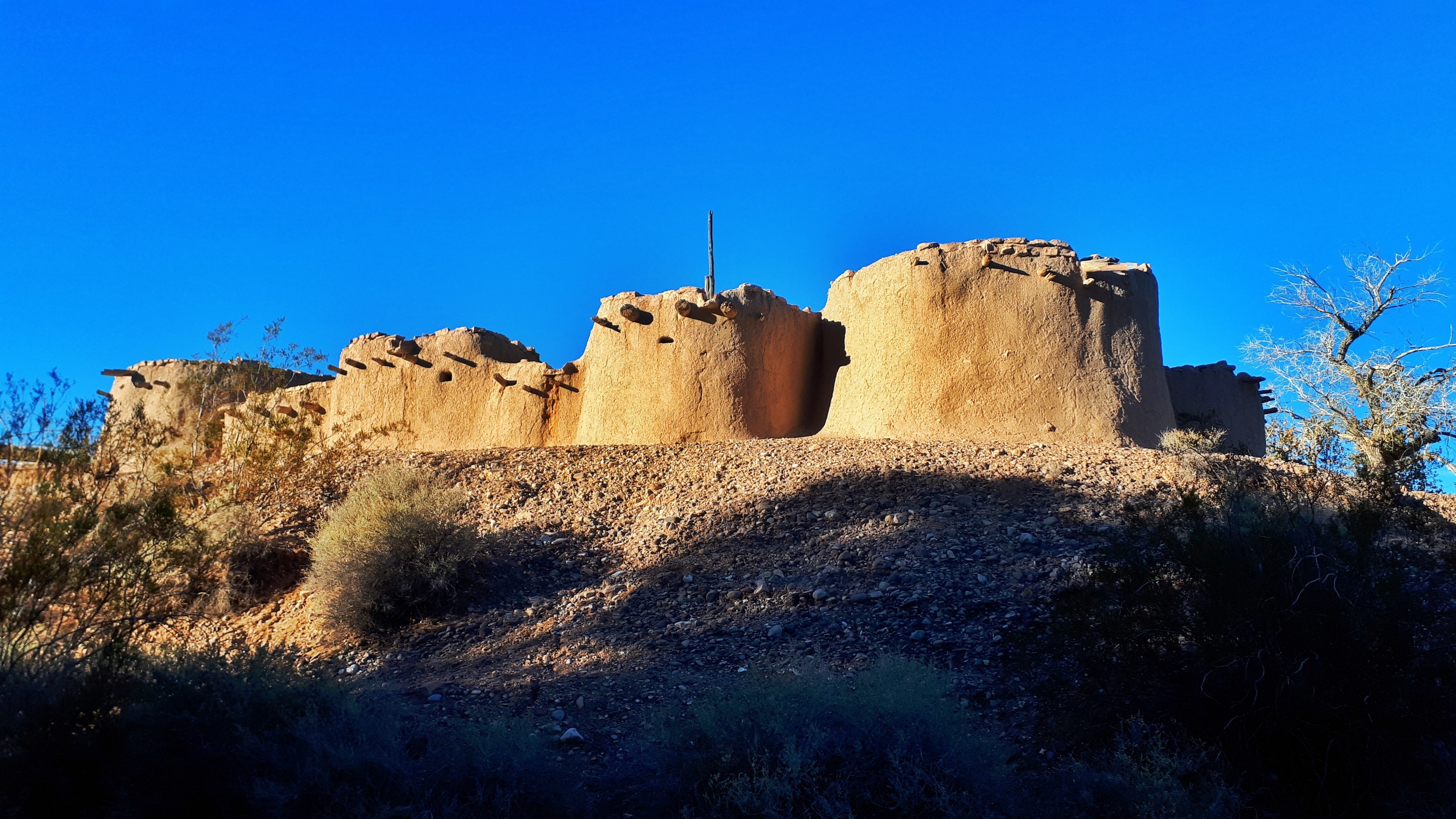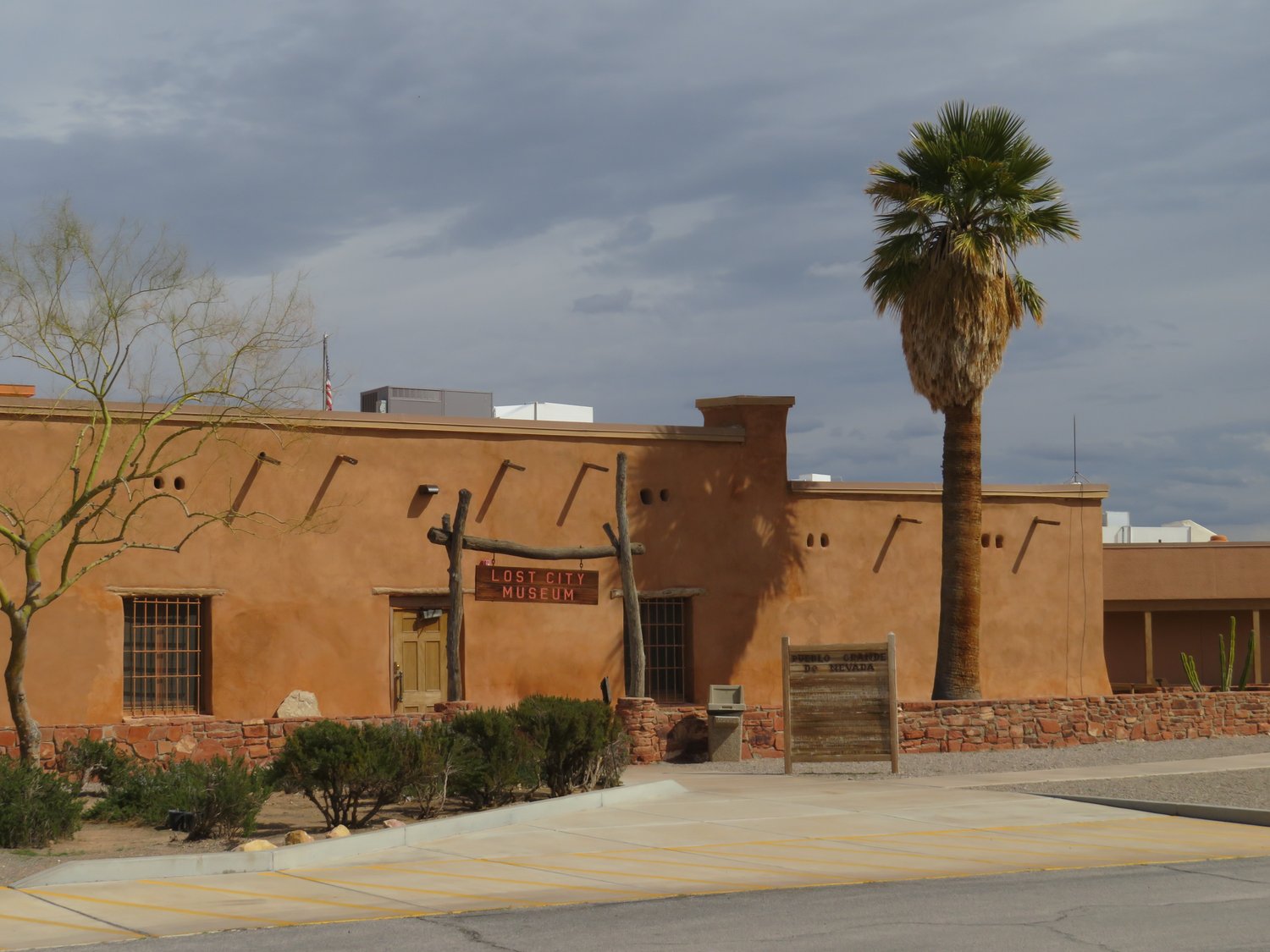
Echoes in the Desert: Unearthing Nevada’s Ancient ‘Lost City’
The very phrase "lost city" conjures images of mythical empires swallowed by jungles, or legendary civilizations resting beneath the waves. It speaks to a deep human fascination with the past, with secrets hidden just beyond the veil of the present. Yet, tucked away in the arid landscapes of southeastern Nevada, a real lost city, or more accurately, a sprawling network of ancient settlements, holds a story as compelling and poignant as any legend. Known archaeologically as Pueblo Grande de Nevada, but more colloquially as "The Lost City," this site offers a profound glimpse into a sophisticated Ancestral Puebloan culture that thrived for centuries before vanishing, only to be rediscovered and then largely re-submerged by the modern world’s ambitions.
For generations, the sun-baked earth of the Moapa Valley, just north of what is now Lake Mead, held its secrets closely. Native American tribes like the Southern Paiute knew of the ancient dwellings, their oral traditions speaking of earlier peoples. But it was the early 20th century, a time of ambitious infrastructure and a burgeoning field of archaeology, that truly brought the Lost City into the consciousness of the wider world. The impending construction of the Boulder Dam (later Hoover Dam) and the subsequent creation of Lake Mead presented both a threat and an opportunity. A vast area was slated for inundation, and with it, untold historical treasures.
The Accidental Discovery and a Race Against Time

The initial "rediscovery" is often credited to a young Boy Scout in the early 1920s, exploring the dusty mesas of the Moapa Valley. His report of ancient pottery shards and stone structures piqued the interest of local residents and eventually reached the ears of M.R. Harrington, a renowned archaeologist from the Museum of the American Indian (now part of the National Museum of the American Indian). Harrington, a seasoned explorer of ancient cultures, arrived in 1924 and was immediately struck by the sheer scale of what he found.
"The whole country has been one vast ruin," Harrington reportedly observed, describing a landscape dotted with the remains of hundreds of pit houses and pueblos, spread over an area approximately 15 miles long and 5 miles wide. What Harrington had stumbled upon was not a single city in the European sense, but a densely populated region, a true ancient metropolis of scattered settlements, representing the westernmost outpost of the Ancestral Puebloan (often historically referred to as Anasazi) culture.
The urgency of the situation became apparent with the dam’s construction schedule. The waters of Lake Mead would inexorably rise, drowning these irreplaceable vestiges of the past. What followed was a heroic, albeit bittersweet, race against time. From 1924 through the mid-1930s, under Harrington’s leadership and with crucial support from the Nevada State Museum and later, the Civilian Conservation Corps (CCC), a massive archaeological excavation project commenced.
Hundreds of young men, part of the CCC’s Depression-era employment programs, were trained on the job, transforming into an army of impromptu archaeologists. They worked tirelessly in the searing desert heat, carefully uncovering, documenting, and cataloging tens of thousands of artifacts. It was an unprecedented effort, a desperate attempt to salvage as much as possible before the encroaching waters claimed their prize.
The People of Pueblo Grande de Nevada
Who were these ancient people who called the Moapa Valley home? They were Ancestral Puebloans, a culture renowned for their sophisticated agricultural practices, distinctive architecture, and intricate pottery. Archaeological evidence suggests they inhabited the valley from approximately 300 CE to 1150 CE, a span of over eight centuries.
Their lives revolved around the Moapa River, which provided the vital water source in an otherwise arid environment. These were not nomadic hunter-gatherers; they were skilled farmers, cultivating corn, beans, and squash using intricate irrigation systems, including canals and diversions, that rivaled those of much later civilizations. The sheer scale of their agricultural endeavors points to a stable and relatively large population.
Their architectural journey began with humble pithouses – circular or oval dwellings dug partially into the ground, with superstructures of wood and mud. Over centuries, these evolved into more complex, multi-room pueblos, built with adobe, stone, and jacal (a wattle-and-daub technique). The excavations revealed settlements ranging from small family homesteads to larger villages, some with communal kivas – circular, subterranean ceremonial structures that were central to Ancestral Puebloan spiritual life.
The artifacts recovered painted a vivid picture of their daily existence: utilitarian grayware pottery for cooking and storage, finely crafted baskets, bone tools, intricately woven sandals, and personal adornments like shell beads and turquoise pendants. One of the most intriguing finds was the presence of a unique pottery type, distinct from the black-on-white wares more common in the Ancestral Puebloan heartland to the east. This suggests a unique cultural expression or perhaps influences from neighboring groups.
The Bittersweet Victory of Preservation
As the Hoover Dam neared completion in the mid-1930s and the waters of the Colorado River began to back up, forming Lake Mead, the deadline for excavation became starkly real. Despite the monumental effort, it was impossible to save everything. Many sites, particularly the vast majority of the physical structures, were ultimately submerged. The Moapa Valley, once a bustling ancient landscape, became a watery grave for much of its archaeological heritage.
Yet, the work of Harrington and his team was not in vain. The sheer volume of data, photographs, maps, and artifacts rescued provided an invaluable foundation for understanding this crucial, western extension of Ancestral Puebloan culture. It proved that these ancient peoples had adapted and thrived in a challenging environment, pushing the boundaries of their known cultural range.
To house and interpret these precious finds, the Lost City Museum was established in 1935 in Overton, Nevada. Built by the CCC using adobe bricks and timbers, it was designed to evoke the very architecture of the people it commemorated. Today, the museum stands as a permanent testament to the Lost City, displaying thousands of artifacts, reconstructions of pithouses and pueblos, and detailed exhibits that bring the ancient inhabitants back to life. It serves as a vital educational institution, ensuring that the story of Pueblo Grande de Nevada is not truly lost to time.
Modern Revelations and Enduring Mysteries
In recent years, the dramatic shrinking of Lake Mead due to prolonged drought conditions has offered a poignant, if concerning, twist to the story of the Lost City. As water levels recede to historic lows, previously submerged archaeological sites have begun to re-emerge from their watery slumber. This phenomenon presents a complex challenge for archaeologists and preservationists. On one hand, it offers a rare opportunity to revisit sites, perhaps with new technologies and methodologies, to gain further insights. On the other hand, these exposed sites are vulnerable to erosion, looting, and damage from curious visitors.
The reappearance of these ancient ruins serves as a powerful, visual reminder of the profound impact human engineering has had on both natural and cultural landscapes. It underscores the delicate balance between progress and preservation, and the ethical responsibilities that come with altering our environment.
Despite the extensive excavations, the Lost City still holds mysteries. The most significant among them is the reason for its abandonment around 1150 CE. Like many Ancestral Puebloan sites across the Southwest, the Moapa Valley settlements were seemingly left behind, not in haste, but systematically. Theories range from environmental changes, such as prolonged drought or soil exhaustion, to social upheaval, resource depletion, or even migration patterns driven by spiritual beliefs. The precise answer remains elusive, adding to the enigmatic allure of these ancient people.
The story of the Lost City of Nevada is more than just an archaeological tale; it’s a testament to human resilience, ingenuity, and the relentless march of time. It’s a narrative of discovery, a race against the elements, and a poignant reminder that beneath the seemingly barren desert, and even beneath our vast man-made lakes, lie the vibrant, complex histories of those who came before us. The whispers of the Ancestral Puebloans of the Moapa Valley continue to echo, reminding us that even when physically submerged, a truly significant past can never be entirely lost.



